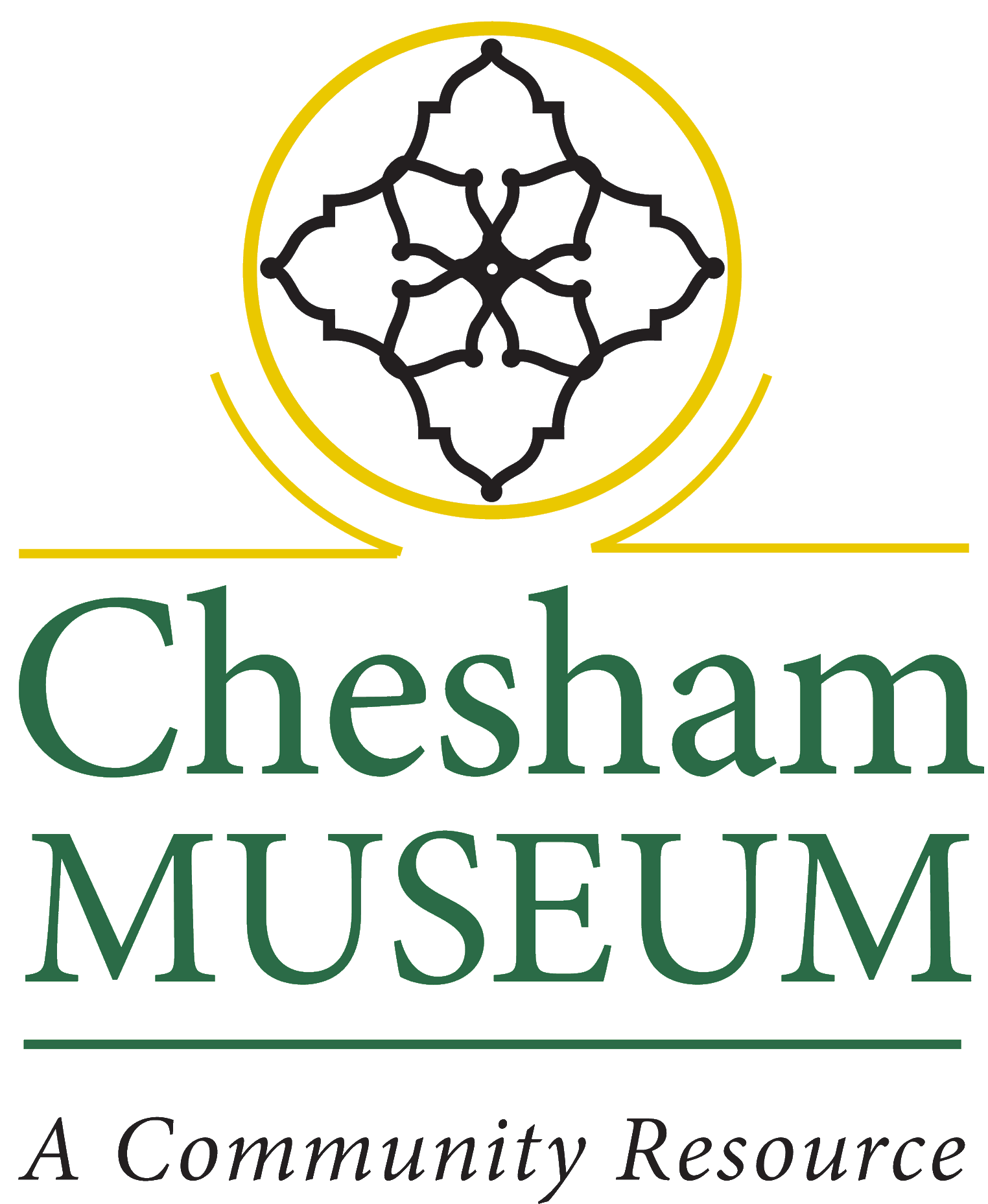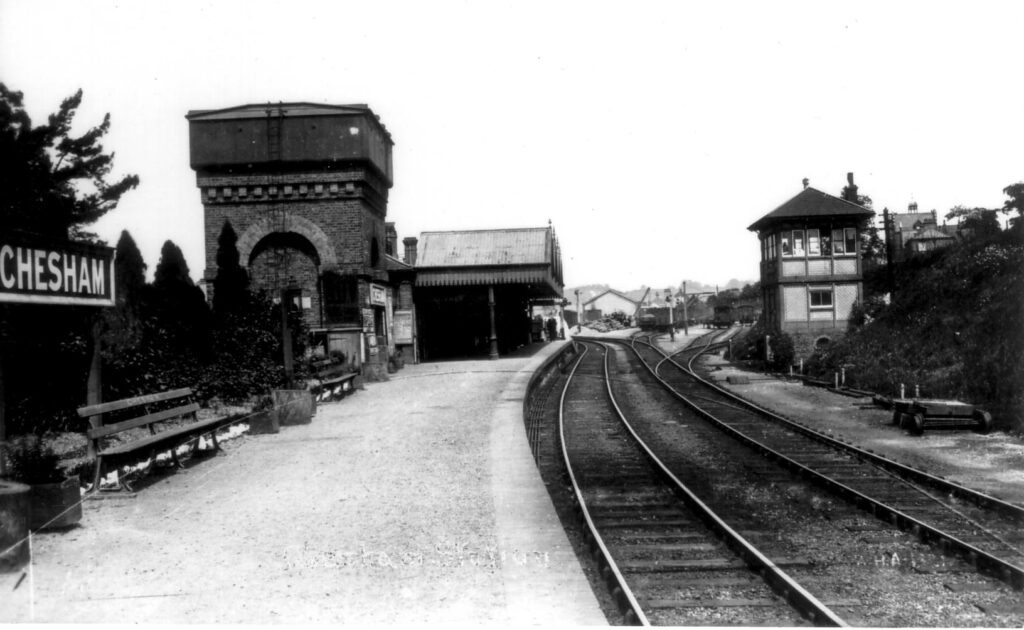Online exhibition
From the river to the railway
Share this
The supply and flow of water from the River Chess has attracted people to the valley since pre-history. The water has enabled people to wash, clean, keep animals, and power mills.
Next: hydropower



